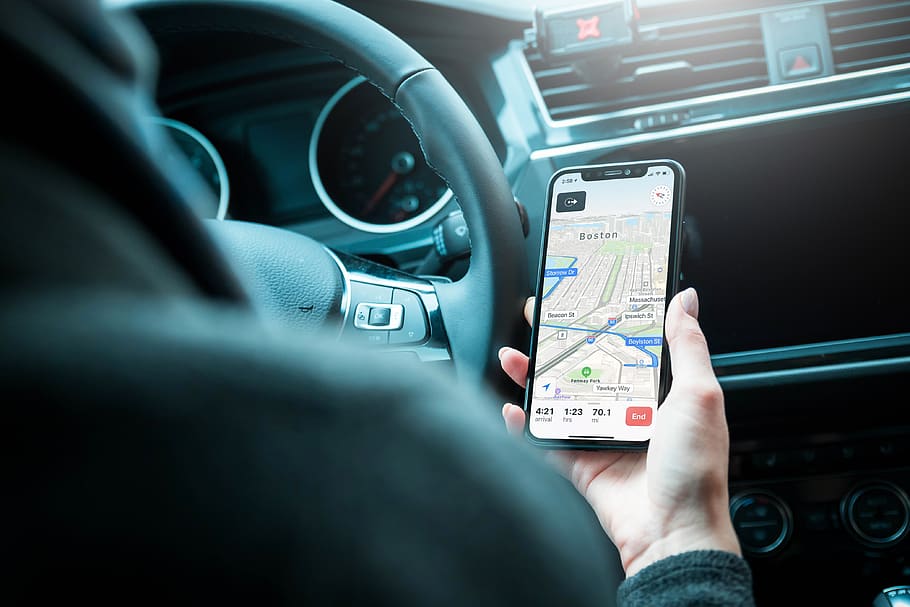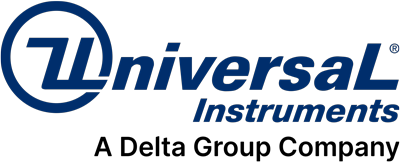Vehicle tracking systems are special automotive instruments that use the synergy between automatic vehicle location and software that collects fleet data. These systems enable drivers, public transit authorities, and other interested parties to see the detailed picture of a vehicle's location at any given moment in time. Advanced vehicle tracking systems usually rely on Global Positioning Systems (GPS) and Global Navigation Satellite System (GLONASS) technologies, but other technologies can also be used, including NB-IoT that use less low power while optimizing the transmission of data.
The tracking information provided by these devices can be displayed on electronic maps using a connection to the Internet. They can also be used together with dedicated software.
How Are Vehicle Tracking Systems Made?
A vehicle tracking system that uses GPS technology has the following components:
-
GPS tracking units. These devices fit into vehicles and capture information regarding the exact GPS location of the vehicles. The information is regularly collected and sent to central servers at constant time intervals. It is possible for additional vehicle information to be collected with the help of complex tracking units: the temperature of the engine, the pressure in the tires, the amount of fuel the vehicle has in the tank, or the vehicle's current altitude. Other GPS tracking units can handle reverse geocoding, open and close doors, turn off the car's ignition and fuel, turn taillights or headlights on, check the status of the battery, decode GSM area codes, or count the total number of GPS satellites in view.
-
GPS tracking servers. These servers receive data transferred by GPS tracking units, store and provide it to users when prompted to do so.
-
User interface. Dedicated user interfaces enable drivers and other interested parties to access information regarding the current status of the vehicle while in traffic.
Popular Uses for Vehicle Tracking Systems
Vehicle tracking systems primarily serve commercial fleet monitoring service needs. They are used by fleet operators for routing, tracking, securing, dispatching, or getting real-time vehicle information. To find out more about the installation and management of car tracking devices, click here. There are also many urban transit companies that rely on these systems to:
-
automatically replace the destination signs on buses when they approach bus stops or bus terminus points
-
trigger pre-recorded bus stops, routes, and other useful service announcements designed for visually impaired passengers and passengers who are already on board
-
display route and stop information on LED or LCD monitors linked to the tracking systems
-
collect and send data gathered while the transit vehicle follows a standard route
-
let passengers know what is the exact waiting time until the next bus or tram will arrive at their stop
-
monitor the driving behavior of employees
-
prevent vehicle theft when used together with traditional car alarms or as standalone substitute security devices
-
help retrieve stolen vehicles by following the signal emitted by the tracking system
-
control the engine and doors of a vehicle from a remote distance
Vehicle OBD Tracking Systems
These systems are commonly used on light, medium, as well as heavy-duty vehicles. They are comprised of OBD GPS-based trackers that need to be plugged into the onboard diagnostic ports. They communicate with cell towers and send information regarding the location and performance of the vehicle straight to the servers. The transmission of data is completed via wireless networks. OBD tracker devices use direct power from the OBD ports. They feature GPS modules and built-in antennas to receive GPS signals.
The Tracking of Fleet Management
Vehicle tracking systems are extremely popular in the logistics and transportation fields. They rely on GPS and Global System for Mobile Communication (GSM) technologies to generate exact and continuous location coordinates for fleet managers. Fleet management tracking systems have special components that allow them to keep track of:
-
fuel consumption via special fuel sensors tied to the tracking devices
-
average speed data
-
the way drivers keep up with their schedules
-
the tracking of trailers
-
field sales
-
the distance that a fleet has traveled
-
asset tracking for monitoring and insurance reasons in real-time
Unconventional Uses for Vehicle Tracking Systems
Besides transportation and logistics, numerous other industries have started to creatively incorporate these tracking systems into their regular processes.
Food Delivery
These systems are fit inside delivery vans to quickly alert drivers whenever the temperature inside the refrigerated compartment is out of range and could potentially endanger the safety of the stored foods. Delivery companies use them to make sure all their deliveries are made right on time, as scheduled. This can cut down fuel costs and improve overhead expenditures.
Car Rental
Companies that provide car rental services can use vehicle tracking systems to closely monitor rental fleets and prevent unwanted incidents.
Hospitality
This industry uses vehicle tracking systems to welcome VIP guests as soon as they reach their accommodation, with the help of sensors installed inside the limousines used to pick them up from the airport. These systems can also help hotels offer other types of enhanced customer services to guests.
Hiking
GPS -based trackers can assist campers and hikers in rapidly finding their home base when they are lost or need some extra guidance.
Wildlife Tracking
Wildlife preservation and animal conservation agencies use these systems to closely track animal movements and migration habits. The trackers must be attached to the animals' harnesses, collars, or bodies.
No matter what vehicle tracking system assembly needs you might be dealing with, we have just the right solutions for you. Get in touch with us and let us tell you exactly what we can do for you.
